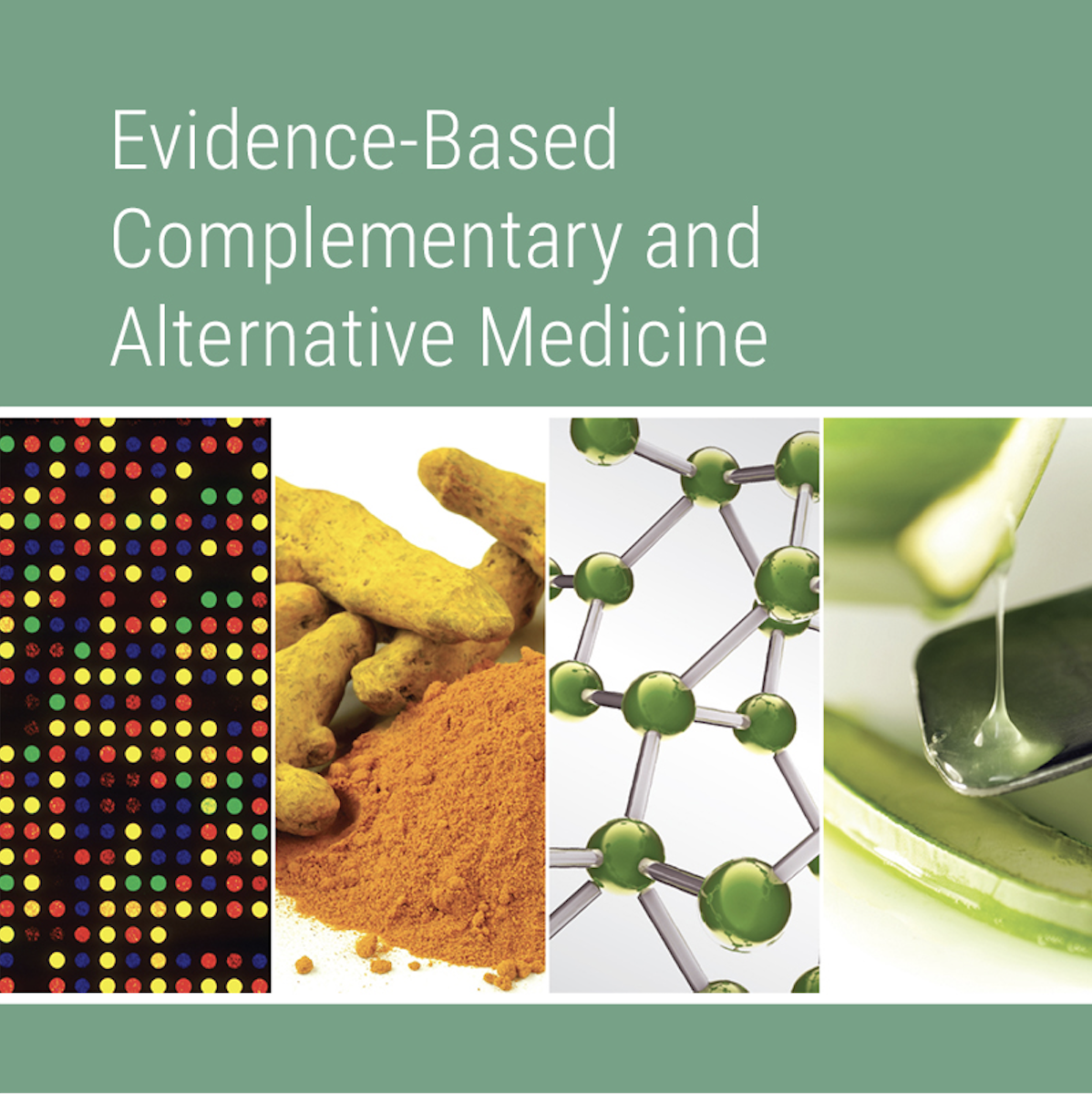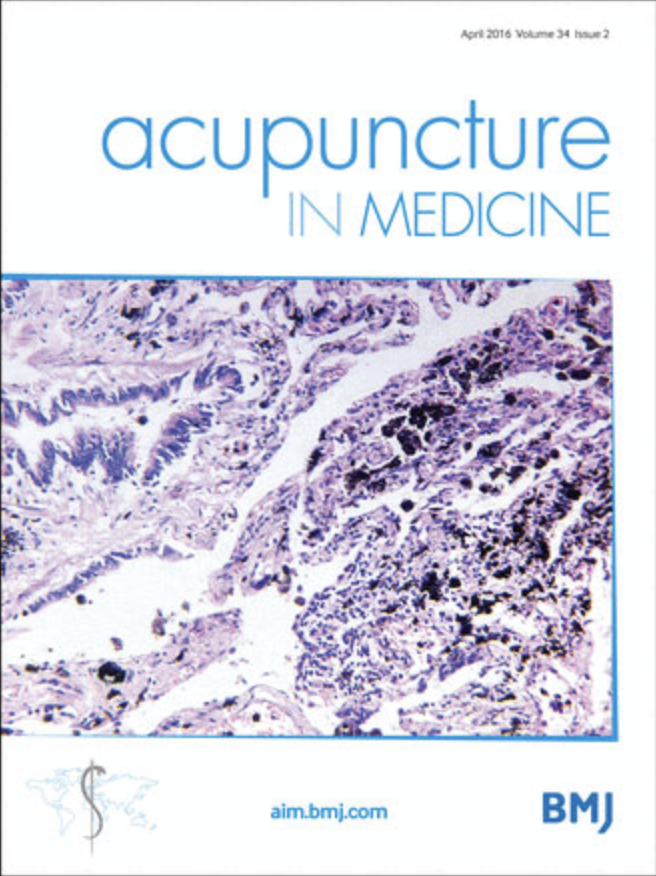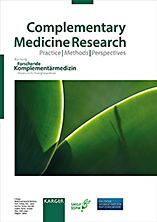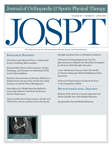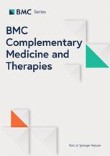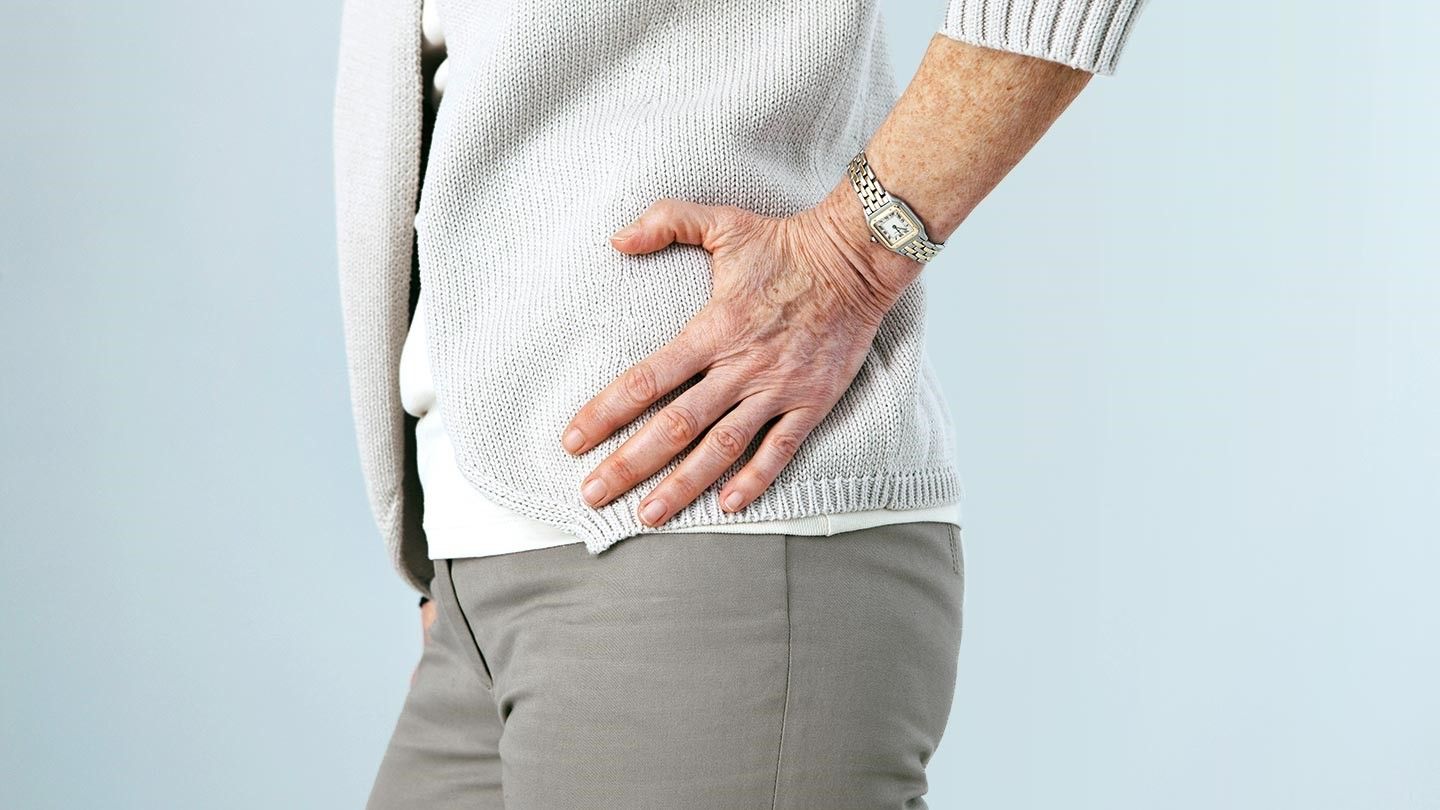
Acupuncture for Back, Hip, Knee & Leg Pain.
Back troubles commonly occur because of poor posture, improper lifting, over-exertion and bad habits which develop over a long period of time.
Although the pain may be severe, most bouts of back pain that occur suddenly are not due to any serious disease and often a specific cause cannot be found (nonspecific back pain). Other causes of back pain include irritation of spinal nerve roots, disc prolapse, arthritis, inflammation, kidney stones and infections.
What is our clinical experience?
Based on feedback collected from over 6,480 initial appointments for Back, Hip & Sciatica Pain, 81% of our patients reported improved quality of life after their first 3 appointments. See our detailed benchmarking statistics.
Initial
Consults
6,480
Average
Appointments
3
Improved
Quality of Life
81%
Refer Family &
Friends
90%
Who have we treated with this condition?
The age groups and genders we see most frequently with this condition. Note: this chart only represents the people who seek treatment at Ping Ming Health clinics for this condition.
How many sessions of treatment?
The average number of appointments that patients attend for this condition. Some conditions respond quickly while others may require ongoing treatment.
Which types of treatments?
The types of treatments that are most frequently provided for this condition. Some treatments may be used in combination at the same time.
What does the research say?
The following insights are obtained from systematic reviews and analysis of clinical trials investigating the efficacy of Chinese medicine and acupuncture for back, hip, knee & leg pain.
2020 Evidence-Based Complementary and Alternative Medicine
Acupuncture could significantly relieve pain and increase cure rate for acute ankle sprain, even producing improved results when combined with other therapies.
The researchers executed parallel-group randomized controlled trials without any language or publication date restraints. Participants suffering from acute ankle sprains were included irrespective of their demographic details, or the diagnostic criteria used to confirm their condition. Experimental interventions consisted of acupuncture alone or a combination of acupuncture and traditional therapies, while the control interventions were either no treatment, placebo, or traditional therapies only. The Kofoed ankle score was the main outcome, with secondary outcomes covering a range of parameters from pain scale to cure rate. Several databases were searched to find potentially eligible studies up to the date of September 10, 2020, with trial registry platforms and the reference lists of the eligible studies also being verified for any ongoing or unpublished studies.
The study analysed seventeen eligible studies to study the effect of acupuncture on acute ankle sprains. No significant difference was found between the Kofoed ankle scores of the acupuncture and Rest, Ice, Compression, Elevation (RICE) groups. However, acupuncture did show a significant impact on pain relief and an increased cure rate compared to the RICE group. The combination of acupuncture and RICE also resulted in a significant increase in pain relief and cure rate compared to just the RICE method. Acupuncture, when combined with massage, brought about a significant reduction in pain compared to just massage, while the combination with traditional Chinese medicine outperformed Chinese medicine alone in pain relief, duration of pain, and cure rate. There were almost no adverse reactions reported, with one mild drug-related allergic reaction which healed without any treatment.
Efficacy and Safety of Acupuncture Therapy for Patients with Acute Ankle Sprain: A Systematic Review and Meta-Analysis of Randomized Controlled Trials Liu AF, Gong SW, Chen JX, Zhai JB
2018 Acupuncture in Medicine
Acupuncture showed a more favourable effect in the treatment of lumbar disc herniation than lumbar traction, ibuprofen, diclofenac sodium and meloxicam.
Thirty RCTs involving 3503 participants were included in the study. Meta-analysis showed that acupuncture had a higher total effective rate than lumbar traction, ibuprofen, diclofenac sodium and meloxicam. Acupuncture was also better than lumbar traction and diclofenac sodium in terms of visual analogue scale (VAS) scores, and better than lumbar traction with respect to Japanese Orthopaedic Association (JOA) scores.
In addition, the total effective rate in five individual trials was greater for acupuncture than for mannitol plus dexamethasone and mecobalamin, ibuprofen plus fugui gutong capsule, loxoprofen, mannitol plus dexamethasone and huoxue zhitong decoction, respectively. Additionally, two individual trials showed a superior effect of acupuncture in VAS scores comparedwith ibuprofen or mannitol plus dexamethasone, respectively.
Acupuncture for Lumbar Disc Herniation: A Systematic Review and Meta-Analysis Tang S, Mo Z, Zhang R
2018 Revista Latino-Americana de Enfermagem
Cupping therapy has demonstrated notable effects in reducing chronic back pain in adults.
The systematic review and meta-analysis involved two independent researchers who examined national and international databases. They also explored the reference lists of additional systematic reviews. The quality of the studies was evaluated using the Jadad scale, a globally recognized tool assessing the methodological quality of clinical trials.
Extracting 16 studies for qualitative review and 10 for quantitative analysis, the research found positive impacts of cupping therapy on chronic back pain in adults. It was noted that there isn't a standardized protocol for treatment with this therapy. The study mainly evaluated outcomes based on factors such as pain intensity, physical incapacity, the quality of life, and the nociceptive threshold before the application of mechanical stimulus. A noteworthy reduction in pain intensity was seen through the use of cupping therapy.
Cupping therapy and chronic back pain: systematic review and meta-analysis Moura, C. C., Chaves, É., Cardoso, A., Nogueira, D. A., Corrêa, H. P., & Chianca, T.
2016 Complementary Medicine Research
Acupuncture therapy is more effective than NSAID in improving clinical efficacy rates and pain scores for treatment of chrondomalacia patellae.
To our knowledge, this is the first meta-analysis of acupuncture therapy in the treatment of CMP. Seven RCT involving 707 patients with CMP were selected for this meta-analysis. Based on the findings of the present systematic review, acupuncture therapy can further improve the clinical effect and pain scores when compared with NSAID controls. However, the potential beneficial effect of acupuncture is possibly overstated owing to the low general methodological quality of the included RCT. Conclusions regarding the safety of acupuncture therapy cannot be drawn since the eligible trials provide no evidence on this aspect.
Acupuncture Versus Non-Steroidal Anti-Inflammatory Drugs for Treatment of Chondromalacia Patellae: A Systematic Review and Meta-Analysis of Randomized Controlled Trials Lv Z.-T.a · Li Z.-Q.b · Zhou X.c · Ma W.-W.d · Zhang J.-M.a · Chen A.-M
2016 Journal of Orthopaedic & Sports Physical Therapy
Acupuncture, specifically needle-based and electroacupuncture, can potentially provide therapeutic benefits for carpal tunnel syndrome, Achilles tendinopathy, and shoulder injuries.
Methodology: The researchers executed a systematic review on multiple databases such as MEDLINE, Embase, CINAHL, PsycINFO, and Cochrane Central Register of Controlled Trials covering a period from 1990 to 2015. Their search was focused on identifying responsive randomized controlled trials, cohort studies, and case-control studies which focused on the effectiveness and safety of acupuncture therapies for musculoskeletal disorders. The Scottish Intercollegiate Guidelines Network criteria was used to evaluate the eligible studies. Furthermore, best-evidence synthesis was performed to sum up results from studies with low bias risk. A sensitivity analysis was also performed to comprehend the potential impact of excluding studies with high bias risk.
Results: The comprehensive review identified 5180 articles, from which 15 were selected for final analysis (10 had a low risk of bias and 5 with a high risk of bias). Among other findings, the results showed that traditional needle acupuncture may outperform oral steroids and vitamin B1/B6 supplements for carpal tunnel syndrome and exercises for Achilles tendinopathy. Moreover, electroacupuncture might be superior than placebo for shoulder injuries. The extent of benefits offered by dry needling for plantar fasciitis remained equivocal. Traditional needle acupuncture didn't show significant advantage over placebo for upper extremity pain, or no intervention for patellofemoral pain, and findings for shoulder pain were inconclusive.
Effectiveness of Acupuncture Therapies to Manage Musculoskeletal Disorders of the Extremities: A Systematic Review Cox, J., Varatharajan, S., Côté, P., & Optima Collaboration
2015 Evidence-Based Complementary and Alternative Medicine
The use of acupuncture may be more effective than drugs and may enhance the effect of drugs for patients with sciatica.
The results of this systematic review suggest that the use of acupuncture may more effectively relieve leg pain/lumbago and improve global assessment of sciatica when compared with NSAID (ibuprofen, meloxicam, and diclofenac) treatment. Moreover, adjuvant acupuncture may enhance the effect of medications in leg pain/lumbago relief. To patients, acupuncture points appear more effective than nonacupoints. Acupuncture is relatively safe and is rarely associated with serious adverse events in patients with sciatica. However, this meta-analysis was lacking in relevant and rigorous RCTs. Because the evidence was limited, higher quality and more rigorously designed clinical trials with larger sample sizes will be needed to further confirm our findings.
Effectiveness of Acupuncture for Treating Sciatica: A Systematic Review and Meta-Analysis Zongshi Qin, Xiaoxu Liu, Jiani Wu, Yanbing Zhai, Zhishun Liu,
2014 BMC Complementary Medicine and Therapies
The use of acupuncture for osteoarthritis is associated with significant reductions in pain intensity, improvement in functional mobility and quality of life.
In this systematic review, we found acupuncture administered to adults with osteoarthritis to be associated with a statistically significant reduction in pain intensity, improved functional mobility and improved health-related quality of life. Reductions in pain were greater in trials with longer intervention periods. Though under-reported and inconsistently described, major adverse events with acupuncture were not reported. Subgroup analyses suggest that acupuncture is most effective for reducing osteoarthritic pain when administered for more than four weeks. Outcome assessment for the majority of trials occurred immediately following the intervention period and thus the durability of treatment effects are unknown.
Pain management with acupuncture in osteoarthritis: a systematic review and meta-analysis. Manyanga, T., Froese, M., Zarychanski, R. et al.
2013 BMC Complementary Medicine and Therapies
Acupuncture has shown potential in alleviating symptoms and improving overall quality of life for patients suffering from ankle sprains.
To evaluate the effectiveness of acupuncture in treating ankle sprains, the researchers performed a systematic review, sourcing data from 15 databases and two trial registries up until February 2012. Only randomized controlled trials of acupuncture that involved patients with ankle sprains and reported improvements of symptoms, particularly pain, were included. Different aspects such as the type of acupuncture, the grade of sprain, and the type of control were considered. The risk of bias and sample size were assessed using a Cochrane risk of bias tool, and sensitivity analyses were performed regarding these factors and reported outcomes.
In relation to the results, they incorporated 17 trials with a total of 1820 participants. It was found that overall quality of the trials was lacking, with only three properly describing their randomization methods, and just one detailing a method for obscuring allocation. More participants who received acupuncture reported a global improvement of symptoms compared to those who did not undergo acupuncture. Additionally, acupuncture as an auxiliary treatment also enhanced global symptoms compared to other treatments alone, without significant changes in results. The advantages of acupuncture remained notable even after limiting the analysis to the two trials with the lowest risk of bias. Acupuncture proved to be more efficient than other control methods in reducing pain, enabling return to normal activities, and enhancing quality of life. However, these analyses relied on a small range of studies. Acupuncture did not seem to be connected with any detrimental events.
Acupuncture for ankle sprain: systematic review and meta-analysis Park J, Hahn S, Park JY, Park HJ, Lee H
2012 Acupuncture in Medicine
There is evidence supporting the effectiveness of acupuncture for plantar heel pain comparable to that available for conventionally used interventions, such as stretching, night splints or dexamethasone.
Five randomised controlled trials and three non-randomised comparative studies were included. High quality studies report significant benefits. In one, acupuncture was associated with significant improvement in pain and function when combined with standard treatment (including non-steroidal anti-inflammatory drugs). In another, acupuncture point PC7 improved pain and pressure pain threshold significantly more than LI4. Other papers were of lower quality but suggest benefits from other acupuncture approaches.
The Effectiveness of Acupuncture for Plantar Heel Pain: A Systematic Review Clark RJ, Tighe M
Consult with our practitioners for personalised care and advice.
Although well-conducted clinical research can help members of the public to make better-informed decisions about their healthcare, we cannot claim that any particular treatment may be effective for any individual person.
When you consult with our Chinese medicine practitioners, you'll receive personalised advice and treatment based on your symptoms and Chinese medicine diagnosis.
Scientific References
Browse our collection of scientific clinical research on acupuncture for back, hip, knee & leg pain.
It includes recent and reputable papers published by peer-reviewed journals within the last 10 years.

2020, Oct 16
Efficacy and Safety of Acupuncture Therapy for Patients with Acute Ankle Sprain: A Systematic Review and Meta-Analysis of Randomized Controlled Trials
Evidence-Based Complementary and Alternative Medicine
This study has indicated that acupuncture is effective in relieving acute ankle sprains.
Liu AF, Gong SW, Chen JX, Zhai JB Full Article

2018, Apr 1
Acupuncture for Lumbar Disc Herniation: A Systematic Review and Meta-Analysis
Acupuncture in Medicine British Medical Acupuncture Society
This academic study showed effective results of acupuncture treatments with lumbar disc herniation patients. Patients reported to have reduced pain on the lower back, improved blood circulation and decreased intake of nonsteroidal anti-inflammatory drugs.Acupuncture treatments significantly promote overall recovery for hernia-related pain.
Tang S, Mo Z, Zhang R Full Article

2018, Sep
Cupping therapy and chronic back pain: systematic review and meta-analysis
Revista Latino-Americana de Enfermagem University of Sao Paulo at Ribeirao Preto College of Nursing
This review showed that cupping therapy is a promising method for the treatment of chronic back pain in adults
Moura, C. C., Chaves, É., Cardoso, A., Nogueira, D. A., Corrêa, H. P., & Chianca, T. Full Article

2016, Jan
Acupuncture Versus Non-Steroidal Anti-Inflammatory Drugs for Treatment of Chondromalacia Patellae: A Systematic Review and Meta-Analysis of Randomized Controlled Trials
Complementary Medicine Research
The study highlighted that acupuncture has long term effects of relieving knee pain. It also benefits patients with chondromalacia patellae with existing conditions in osteoarthritis and rheumatoid arthritis
Lv Z.-T.a · Li Z.-Q.b · Zhou X.c · Ma W.-W.d · Zhang J.-M.a · Chen A.-M Full Article

2016, May 31
Effectiveness of Acupuncture Therapies to Manage Musculoskeletal Disorders of the Extremities: A Systematic Review
Journal of Orthopaedic & Sports Physical Therapy
This article showcase the efficacy of acupuncture for carpel tunnel syndrome, piriformis, shoulder pain, plantar fasciitis and patellofemoral pain. The systematic reviews on randomised controlled trials research have showed that patients respond significantly better after treatments compared to the control group.
Cox, J., Varatharajan, S., Côté, P., & Optima Collaboration Full Article

2015, Oct 21
Effectiveness of Acupuncture for Treating Sciatica: A Systematic Review and Meta-Analysis
Evidence-Based Complementary and Alternative Medicine
This systematic review suggest that the use of acupuncture is more effective to relieve leg pain/lumbago. The study showed that it improved global assessment of sciatica when compared with NSAID (ibuprofen, meloxicam, and diclofenac) treatment. Moreover, adjuvant acupuncture may enhance the effect of medications in leg pain/lumbago relief.
Zongshi Qin, Xiaoxu Liu, Jiani Wu, Yanbing Zhai, Zhishun Liu, Full Article

2014, Aug 23
Pain management with acupuncture in osteoarthritis: a systematic review and meta-analysis.
BMC Complementary Medicine and Therapies
The use of acupuncture is associated with significant reductions in pain intensity, improvement in functional mobility and quality of life. While the differences are not as great as shown by other reviews, current evidence supports the use of acupuncture as an alternative for traditional analgesics in patients with osteoarthritis.
Manyanga, T., Froese, M., Zarychanski, R. et al. Full Article

2013, Mar 04
Acupuncture for ankle sprain: systematic review and meta-analysis
BMC Complementary Medicine and Therapies
Acupuncture was found to be more effective than various controls in relieving pain, facilitating return to normal activity and improving quality of life, however, the available evidence is insufficient to recommend it as an evidence-based treatment option.
Park J, Hahn S, Park JY, Park HJ, Lee H Full Article

2012, Dec 12
The Effectiveness of Acupuncture for Plantar Heel Pain: A Systematic Review
Acupuncture in Medicine British Medical Acupuncture Society
Five randomised controlled trials and three non-randomised comparative studies were included. There is evidence supporting the effectiveness of acupuncture for plantar heel pain (PHP). This is comparable to the evidence available for conventionally used interventions, such as stretching, night splints or dexamethasone. Therefore acupuncture should be considered in recommendations for the management of patients with PHP.
Clark RJ, Tighe M Full Article
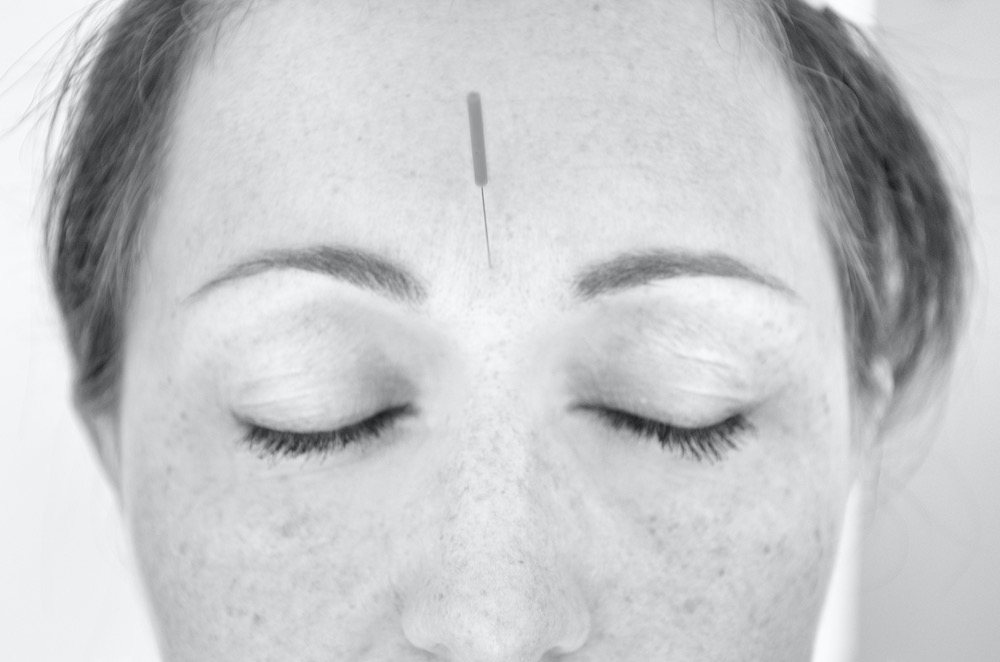
“It is by virtue of the twelve channels that human life exists, that disease arises, that human beings can be treated and illness cured. The twelve channels are where beginners start and masters end.” The Classic of Acupuncture
Circa 1st Century BCE
